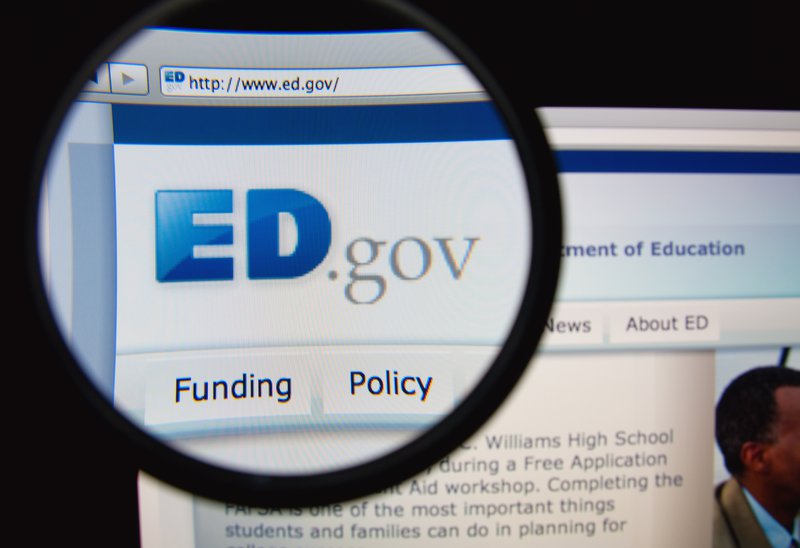Estimating the Impact of the Department's Open Licensing Rule
Blog Post

Nov. 12, 2015
In Slate’s Future Tense, I write that the Department has already bet big on open education resources, or OER, saying:
In partnership with the Department of Labor, it tried out the open licensing requirement on the $2 billion Trade Adjustment Assistance Community College and Career Training program, which provided funding for the development of career training programs. Further, the department’s First in the World grants—which support innovative solutions to increase students’ persistence and completion of college—requires all content produced to carry an open license.I also mention that while the Department of Education receives around $67.1 billion annually in appropriations, only around $3 billion is awarded through competitive funding, at least for fiscal year 2015. (The rest is awarded through formula grants to states and direct grants to individuals — for more information, check out our explainer on Competitive Grants, Entitlements, and Formula Funding.) Surprisingly, this $3 billion figure was not easy to come by, and there are several steps, as well as important caveats worth noting, that went into this calculation.
Interestingly, there is not a comprehensive list of annual competitive grant program funding that has been awarded by the Department of Education — or for that matter, a comprehensive list of the programs themselves. The Department does maintain a list forecasting future funding, but it’s no wonder that given the state of the federal appropriations process, this list leaves a lot “TBD.” To get started with putting together this figure then, I used the 2016 President’s Budget for the Department of Education (specifically, the detailed budget tables by program), which, in addition to the overly optimistic budget requests, contain historical appropriations for previous fiscal years.
From the budget tables, each program was evaluated to determine whether it was a direct competitive program. Formula grants to states, direct grants to individuals, and grants made by the Institute of Education Sciences that fund peer-reviewed research are not subject to the Department’s proposed rule on open resources. While most programs are fairly straightforward, there are some exceptions; for example, the Charter School Grants Program awards funds competitively to states, and states then competitively award grants to school districts. It’s not entirely clear whether the rule would apply to charter school grants, but I chose to include it.
Further, it’s important to note that this figure represents the total annual appropriations for competitive programs in FY 2015. Even if the same amount of funding is appropriated for FY 2016, it is not the case that all the funds dispersed in that year would be impacted by the new rule. This is due to the fact that many programs award multi-year grants; in those cases, some of the annual funding goes toward so-called continuing grants that would not be subject to the open licensing requirement until the next round of the competition. Unfortunately, the budget does not differentiate between newly awarded and continuing grants, so this distinction is challenging to make.
Finally, there is the matter of how much of a grant directly contributes toward the production of educational resources. Some programs — for example, Developing Hispanic-Serving Institutions Grants. These grant funds can be used for a whole host of activities, including construction, the procurement of lab equipment, and other activities that certainly do not produce educational resources. Funding can also be used, however, to support faculty development, creating educational resources, and funding distance learning academic instruction. These activities may certainly result in the production educational resources, and those resources would be impacted by the open licensing requirement.
The period for public comment on the Department’s proposed rule is open until December 3rd, and there will certainly be much more engagement around the question of what programs exactly would be affected. For now, this estimate should provide a starting point for discussion, and some insight into how to think about the question of impact. But whether the final number is in the billions, or millions, the quality resources being produced with public funds should certainly be open for all to access and improve upon."